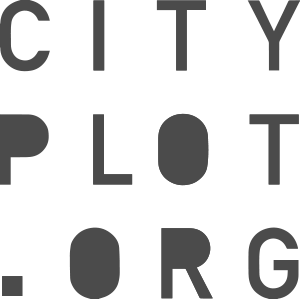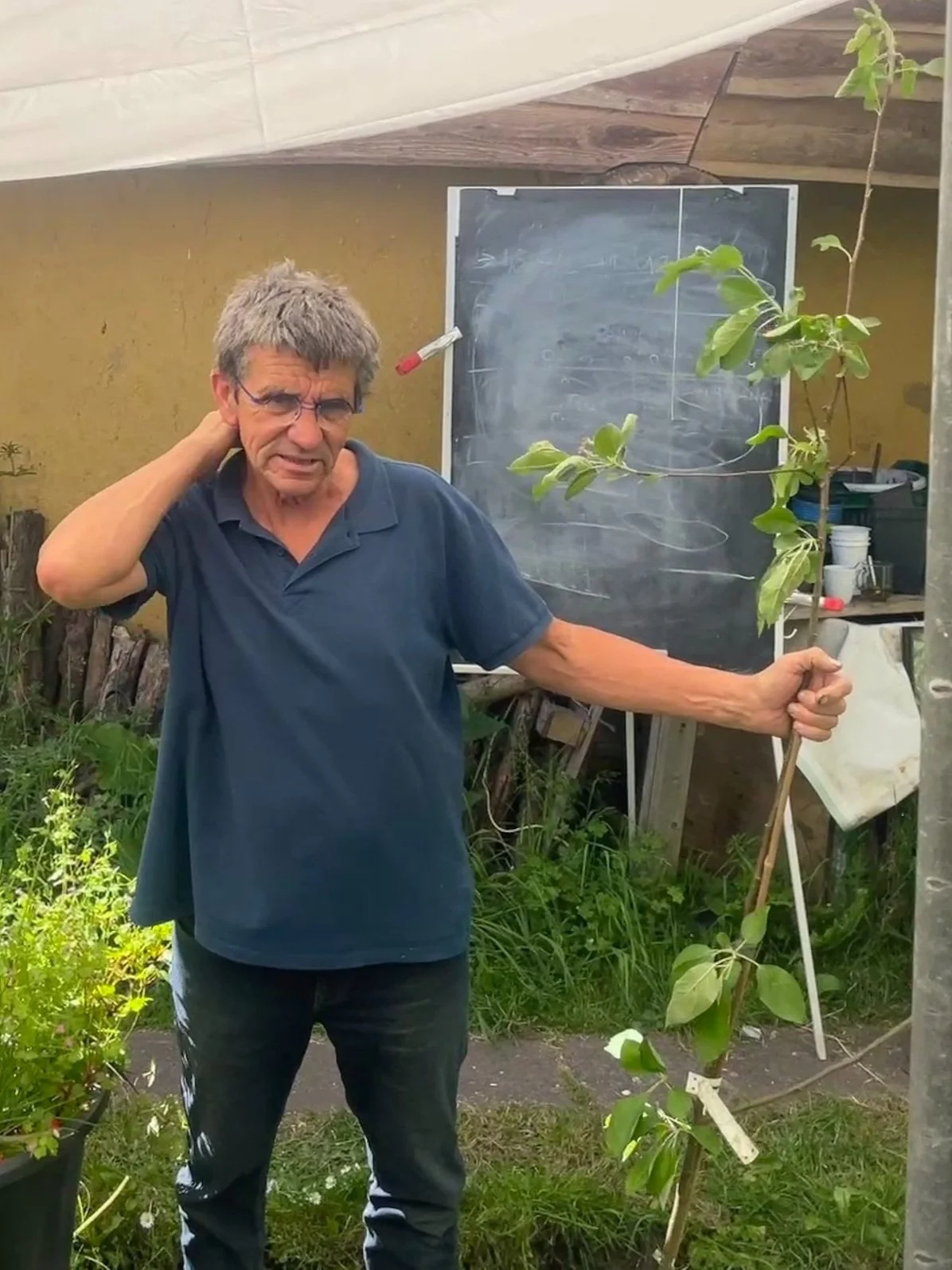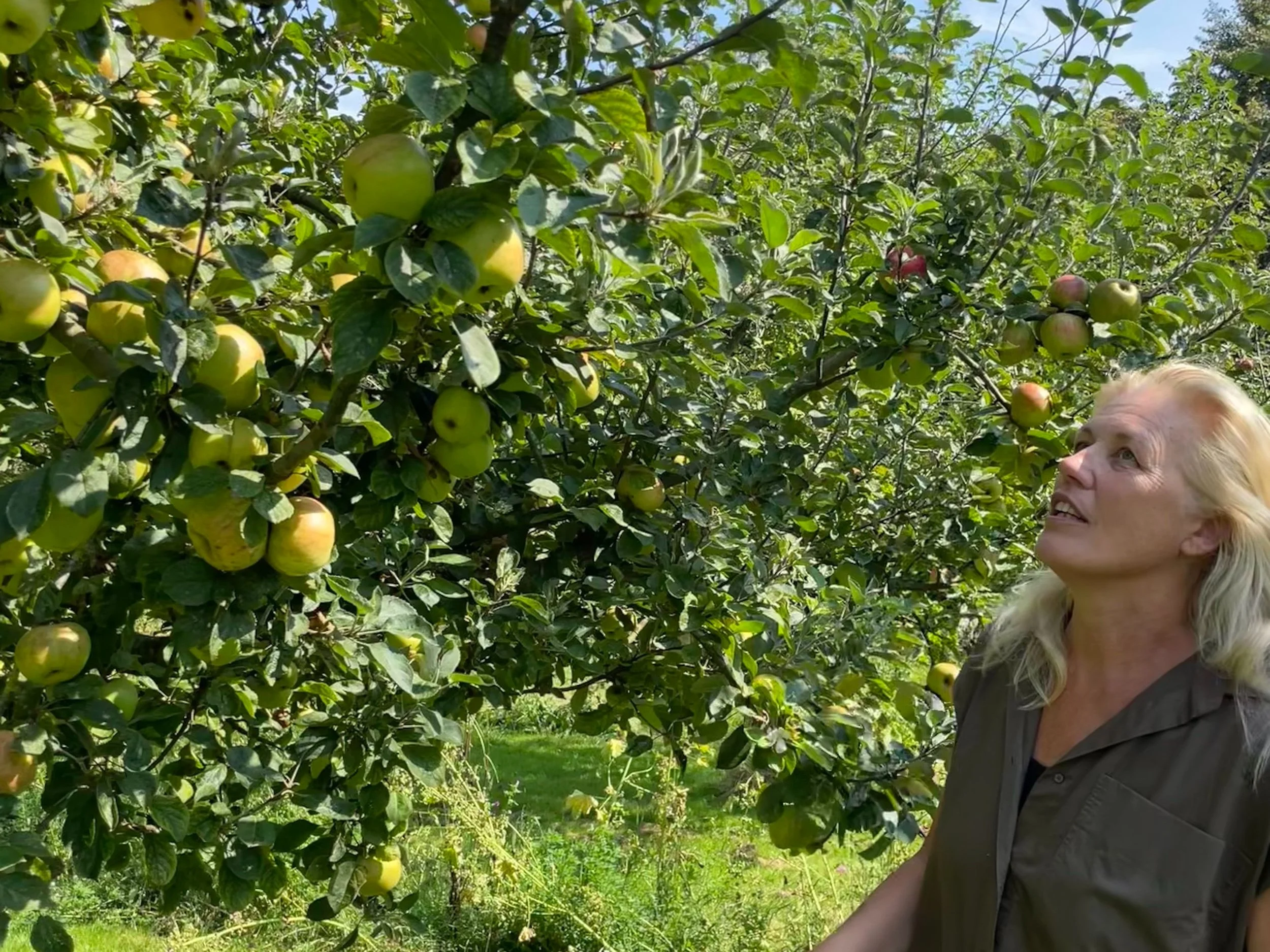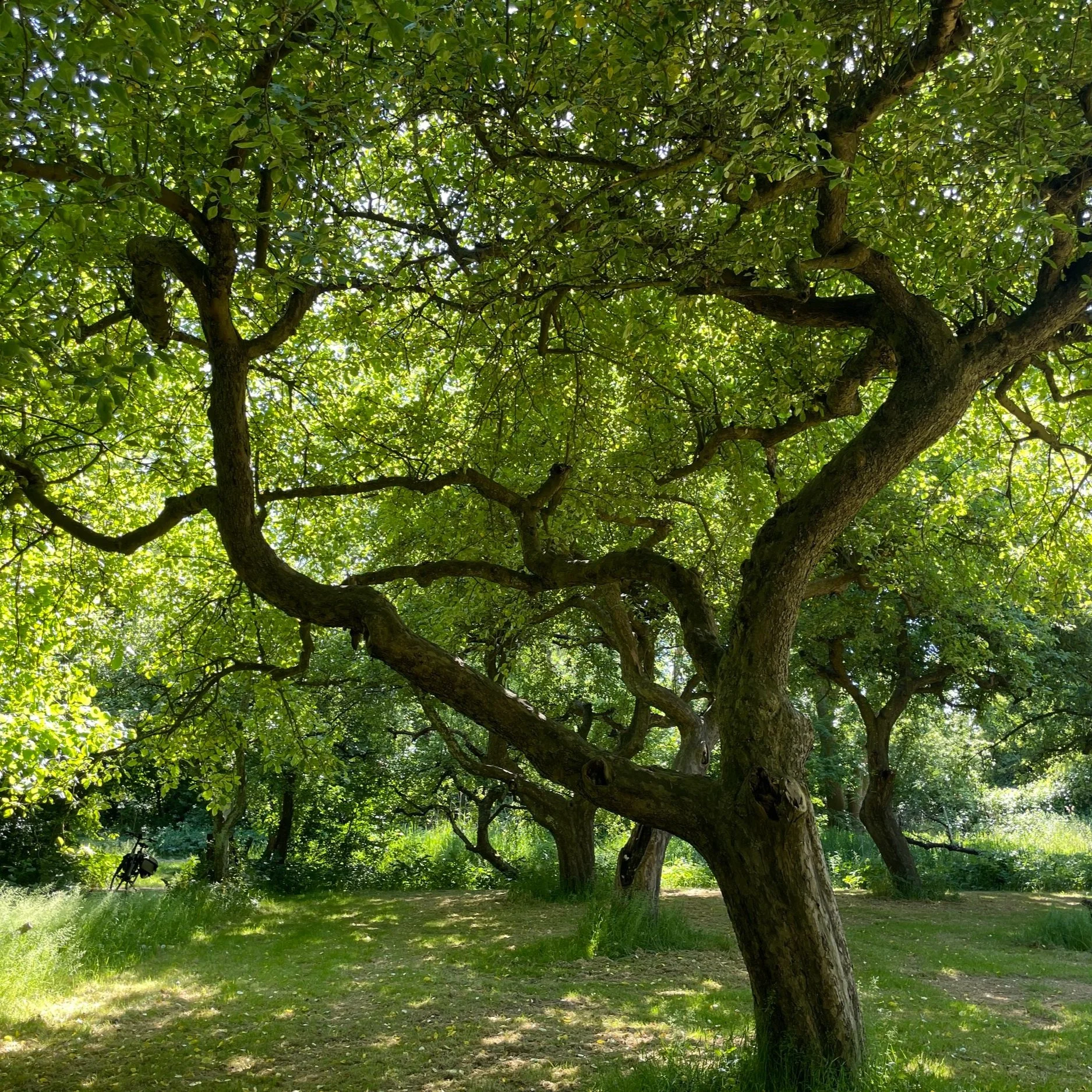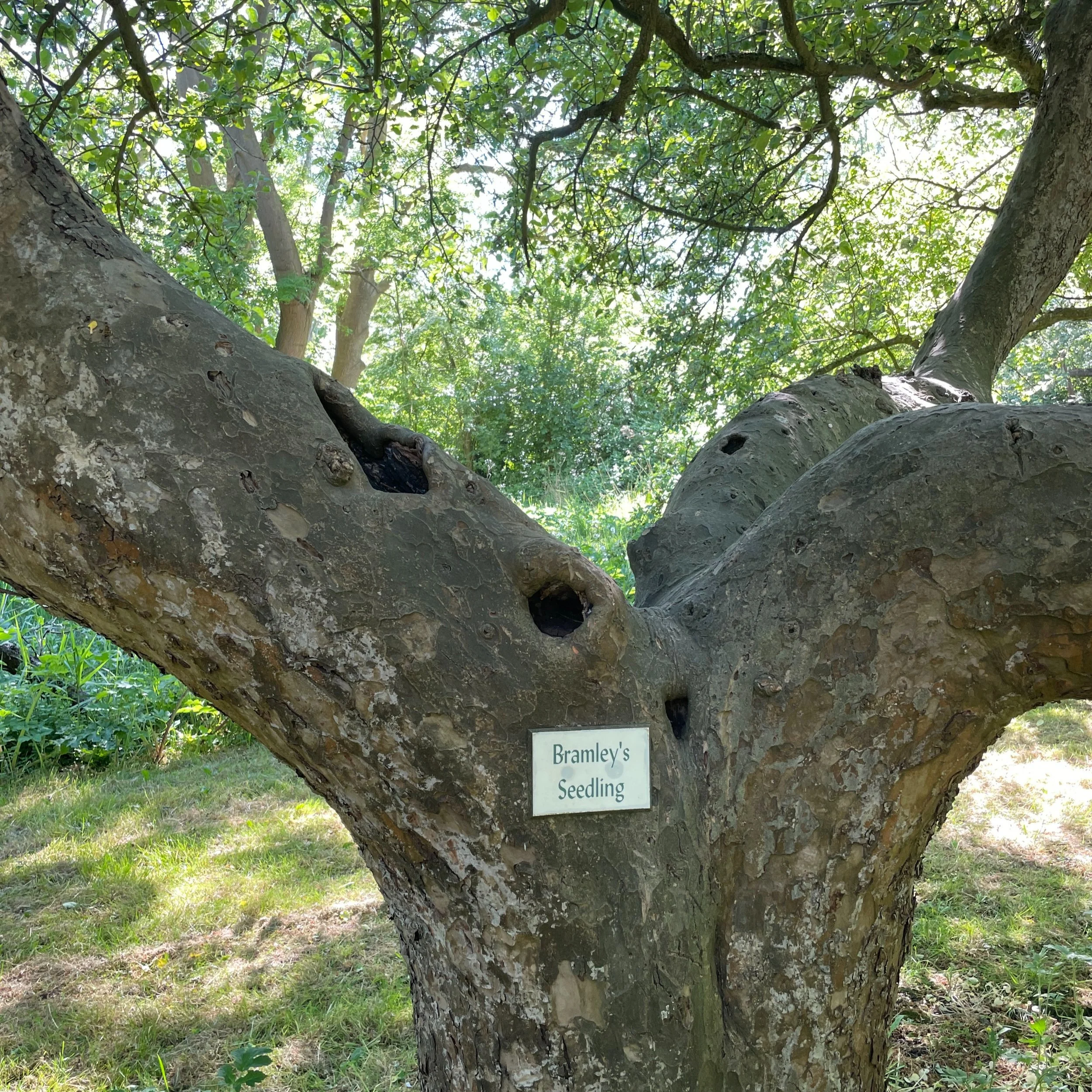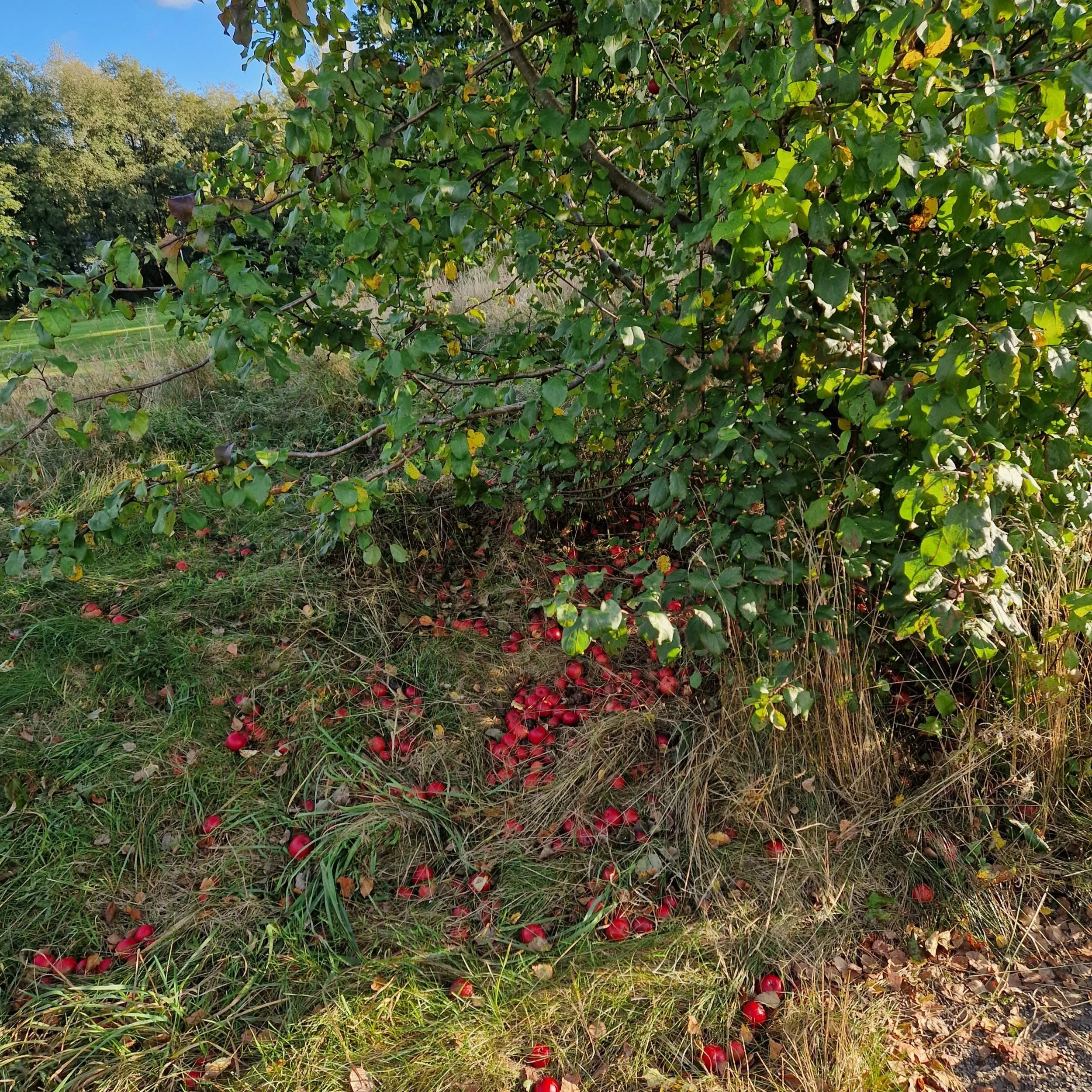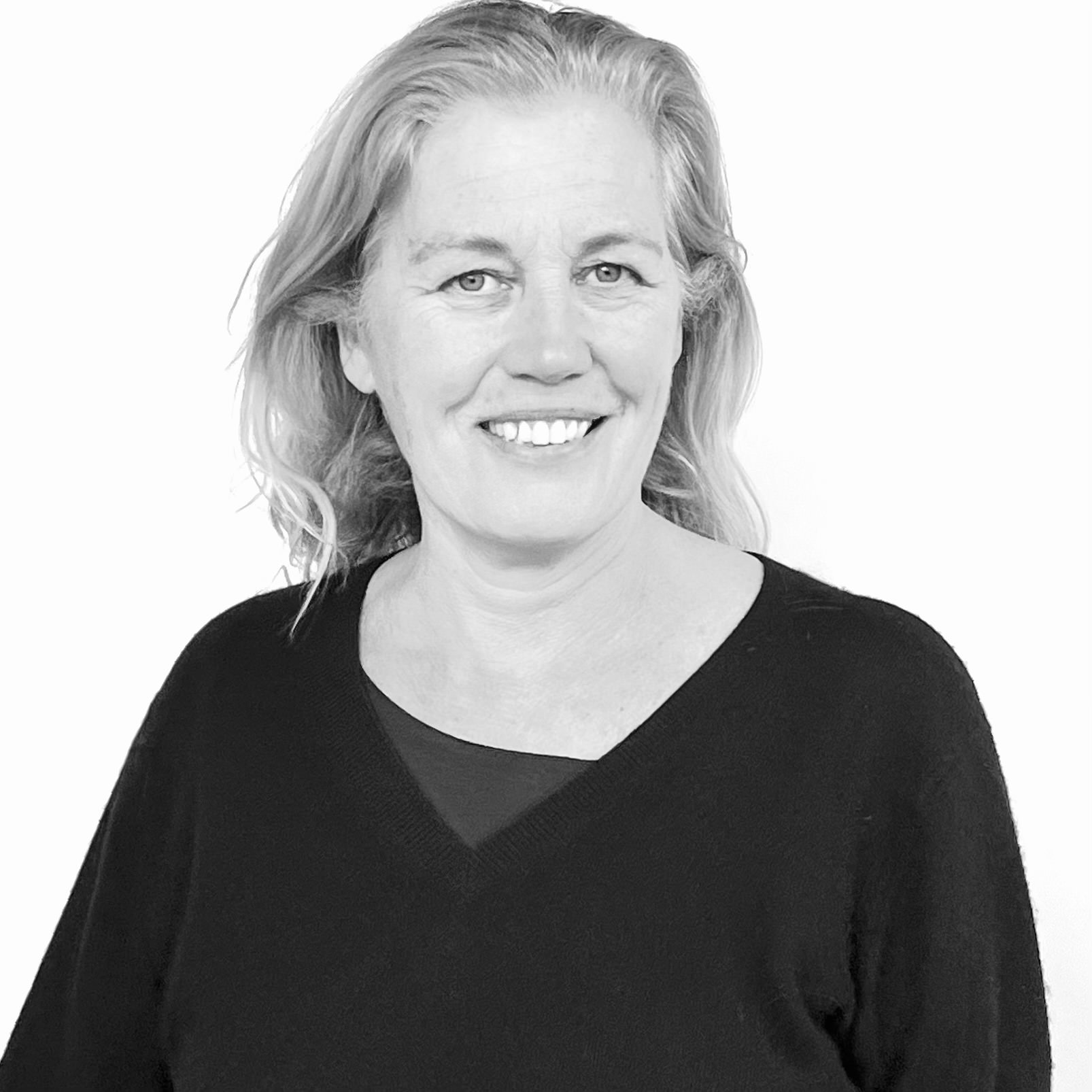Digging Deeper -4
Sowing tomorrow's diversity: a regenerative approach to food forests
Imagine a world where every apple tree is genetically identical to the next - not just similar, but exact copies. This isn't science fiction; it's the reality of our modern food system, where cloning has become the standard practice. The realization hit home during a recent eye-opening workshop, "The Future? Sown Fruit!" with Taco Blom at the Permaculture Centre in The Hague - a place I always return to for specialized knowledge that challenges my thinking.
Walking into this workshop with one perspective and leaving with an entirely different one revealed a fundamental issue hiding in plain sight: the dangerous lack of genetic diversity.
Most fruit trees planted today are clones, propagated through grafting or cuttings rather than grown from seed. As Taco powerfully stated, "It's time we ensure our food forests are planted with broader diversity. We can't repeat the mistake of industrial agroforestry by planting these new forests with species all coming from the same nurseries."
“ It’s time we ensure our food forests are planted with broader diversity. We can’t repeat the mistake of industrial agroforestry by planting these new forests with species all coming from the same nurseries.”
Uniformity creates an alarming vulnerability - when one tree is susceptible to a disease, every tree from that clone becomes equally vulnerable. Historical examples abound in vineyards and banana plantations where entire crops were decimated. In natural systems, nature's feedback mechanism introduces diseases when a single species becomes too dominant, restoring balance. Our modern agricultural practices, however, actively disrupt this natural regeneration process, creating increasingly fragile food systems.
Taco Blom, Permacultuur centrum Den Haag
Rediscovering lost flavours
What particularly resonated with me was the loss of flavour diversity. Decennia ago, greengrocers offered many apple varieties, each with its optimal ripening period. They might not have looked perfect, but they contained more nutrients through natural ripening.
Harvest at Landje van de Boer, apples do not look perfect but are very flavourful
Traditional orchards incorporated a key permaculture principle - "Use and Value Diversity" - by cultivating multiple varieties with different ripening times. This practice not only extended the harvest season but also distributed risk - if late frost damaged one variety, others with different flowering periods might survive. With today's monoculture orchards of identical trees, a single adverse weather event can destroy an entire harvest. By returning to diverse plantings with staggered harvest times, we build resilience while enjoying fresh fruit over a longer period.
Since the 1950s, we've selected varieties that respond well to pesticides. Now, as we return to organic farming, we need those older, hardier varieties. Over time, we've forgotten how fruits and vegetables truly tasted - a much broader palette with more acidity and perhaps bitterness. We've selected primarily for sweetness, yet in culinary arts, a wide flavour spectrum is essential. What's more, breeding for sweetness actually weakens the fruit, making it less resistant to diseases - another compelling reason to reconsider our priorities in fruit propagation.
I am now committed to tasting apple varieties from old orchards and growing seedlings from the best ones (interestingly, most supermarket apples have infertile, flat seeds). It's labour-intensive and financially unrewarding, which is why commercial growers avoid it, but it's crucial for creating diverse, resilient food forests.
I've already joined the POMologische vereniging Noord Holland - highly recommended for anyone wanting to learn more about heritage varieties from experts in the field. Their knowledge and resources are invaluable for this journey.
Sylvia visiting an orchard in the Beemster during an event organised by POMologische vereniging in Noord Holland to taste apple varieties
The rootstock challenge
Most fruit tree propagation relies on rootstocks - themselves clones of clones - which determine a tree's vigour and eventual size. By using standardized rootstocks, growers can ensure that trees planted in small urban gardens won't grow into immense specimens. The desired variety is then grafted onto these rootstocks.
I've been experimenting with wild rootstocks, though this creates uncertainty about the eventual size of the tree. To properly test this approach, I need space - which I hope to find near Haarlem. Ideally, I'd like to combine both methods: unique seedling trees alongside grafted trees with diverse genetic material.
The crucial role of pollination
It's worth noting that most fruit trees only produce fruit after cross-pollination - they need pollen from another variety of the same fruit species. Two varieties can only pollinate each other if their flowering times overlap. This is another dimension of diversity that's crucial for successful food forests.
Some varieties are better pollinators than others, producing abundant pollen and having longer flowering periods that overlap with most other varieties. This pollination factor highlights how interconnected diversity truly is in resilient ecosystems.
A butterfly pollinator
Traditional orchards also used to plant a crabapple tree next to the named varieties. Crabapples produce small and sour fruit which are edible but the advantage is that their flowers produce a lot more pollen than many cloned apple varieties and their blooms ensure many pollinators visit the orchard.
Unsplash by Corinth Suarez @corinthsuarez
Embracing slow regeneration
Growing trees from seed and fostering genetic diversity requires patience - a "slow method" quite different from my previous business environment in marketing where quick results were the priority. It's about thinking generationally - these apple trees may fully mature and bear fruit primarily for our children. We're creating an inheritance of diversity and resilience.
Historically, growing fruit from seed was considered a true craft and art form in horticulture, with prizes awarded to growers who developed exceptional new varieties. The challenge is that you never know exactly what apple you'll get - a seedling might express characteristics from ancestors several generations back. This unpredictability is precisely what creates valuable genetic diversity, but it requires the skill, patience, and expertise that historically made this practice so respected.
Seed pioneers: from Johnny Appleseed to hidden local heritage
The history of seed propagation offers inspiring stories of dedication and discovery. John Chapman (better known as Johnny Appleseed) wasn't just scattering seeds randomly as folklore suggests - he was a pioneering nurseryman in early America who deliberately established diverse apple nurseries across several states in the late 1700s and early 1800s. Most of his trees produced small, tart apples - not for eating fresh, but perfect for cider production.
Living heritage in my backyard
Such historical connections aren't just found in distant lands or history books. Just near my home in Spaarnwoude stands a remarkable old high-stem orchard that once belonged to the former IKIZIO farm, (named for ‘Veni, Vidi, Vici’ in Dutch, ‘Ik kwam, Ik zag, Ik overwon’). Despite this combative name, the farmhouse from 1878 was eventually demolished, but fortunately this century-old orchard has been preserved as a living testament to traditional Dutch fruit cultivation. By the mid-20th century, these high-stem orchards were largely replaced by more commercially efficient low-stem versions that offered higher yields with less labor.
With my newfound appreciation from the workshop, I immediately cycled to this orchard to examine it with fresh eyes. There I photographed a magnificent Malus domestica 'Bramley's Seedling' - a historic apple variety with a contested heritage.
The story behind this irregularly-shaped, mild-tart apple is fascinating: in 1809, young Mary Ann Brailsford planted apple seeds in her garden in England. When Matthews Bramley later purchased the property, he allowed a nurseryman to propagate the tree's exceptional fruit, but insisted it bear his name instead of the original cultivator's. Thus, the "Bramley's Seedling" we know today should rightfully have been "Brailsford's Seedling" - a reminder that the stories behind our food often contain forgotten contributors.
Ikizio orchard
“Bramley’s seedling”
Beyond diversity: climate resilience and local adaptation
I'm struck by how this work directly addresses the climate uncertainty we're all experiencing. As weather patterns become more erratic, genetic diversity becomes even more vital. Within a diverse orchard, some varieties might better withstand drought, while others resist new pests or handle unpredictable temperature swings. Nature has always dealt with change through diversity - it's her insurance policy.
I'm particularly drawn to locally adapted varieties - trees that have co-evolved with our specific Dutch conditions for generations. These trees "know" our soil, our weather patterns, our pest pressures in ways that imported commercial varieties simply don't. There's a wisdom in these older genetics that we're only beginning to appreciate again.
And let's not forget the culinary heritage at stake! Different apple varieties weren't just grown for diversity's sake - they each had specific purposes. Some excelled in ciders, others in baking, some stored beautifully through winter, while others were perfect to eat fresh from the tree. This culinary knowledge is being lost as supermarkets offer just a handful of all-purpose varieties. I'm excited to rediscover these flavor profiles and their traditional uses in the kitchen.
I'm now looking for a plot of land near Haarlem where I can quietly experiment with seeds, cuttings, and grafting. I'm starting small with apple trees, but this approach is equally important for other fruit trees and berry bushes - seed propagation is essential across all these species. This is regenerative thinking in practice - not just sustaining what exists, but actively regenerating diversity for future resilience. I hope to inspire others by sharing my experiments and discoveries along the way.
If you have any tips for someone starting this journey or know of available land near Haarlem – Amsterdam or would like to support this project, I'd love to hear from you!
Wild apple tree in a village in southern Sweden. These trees grow untended by trails and roads there and are remnants from older farms or sometimes self seeded. This one was very tasty and could be worth preserving.
This work aligns closely with movements like Reclaim the Seeds, an annual festival celebrating agricultural biodiversity where heritage seeds, tubers, and cuttings are exchanged, supported by Cityplot. These grassroots initiatives are increasingly important as they address critical issues around seed sovereignty, biodiversity, and organic farming - especially given concerns about potential GMO deregulation at the EU level. Whether you're cultivating a balcony garden or a larger plot, these principles of food sovereignty apply. We all can contribute to preserving genetic diversity and rebuilding resilient food systems.
by Sylvia Avontuur Permaculture designer and educator
